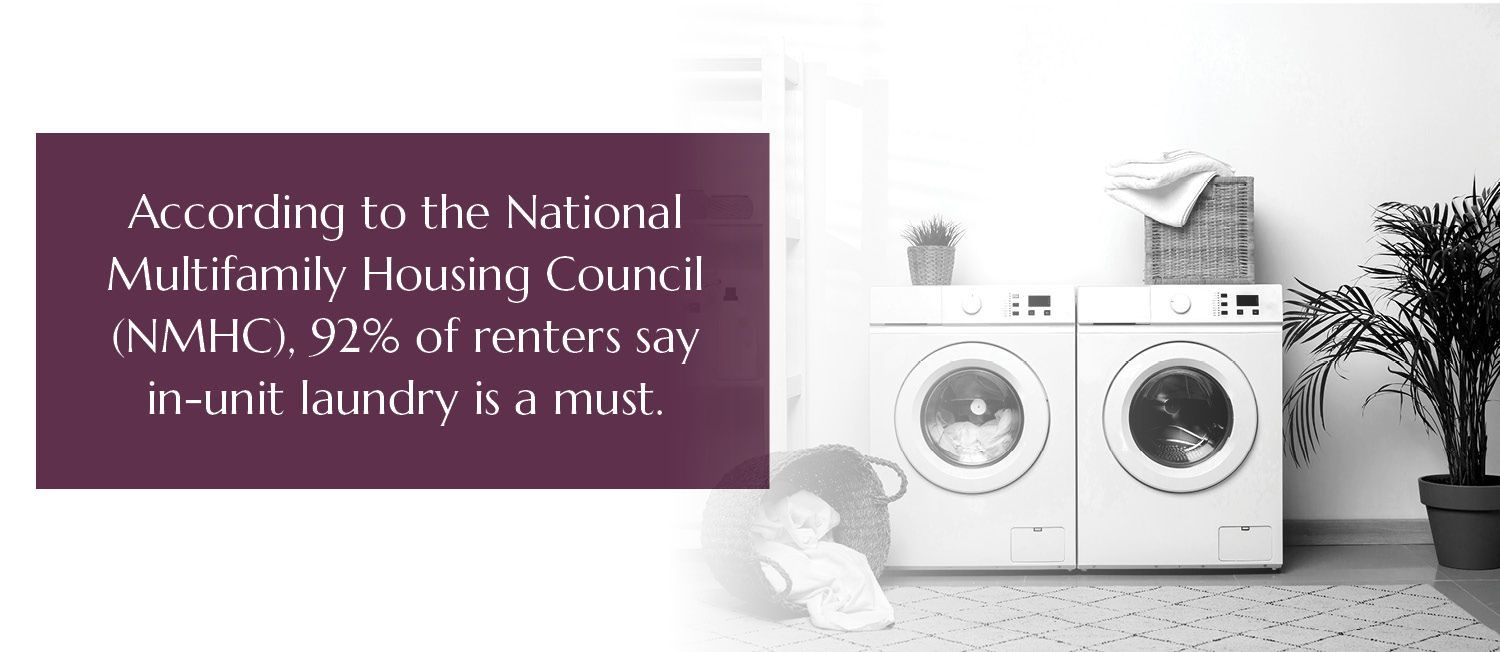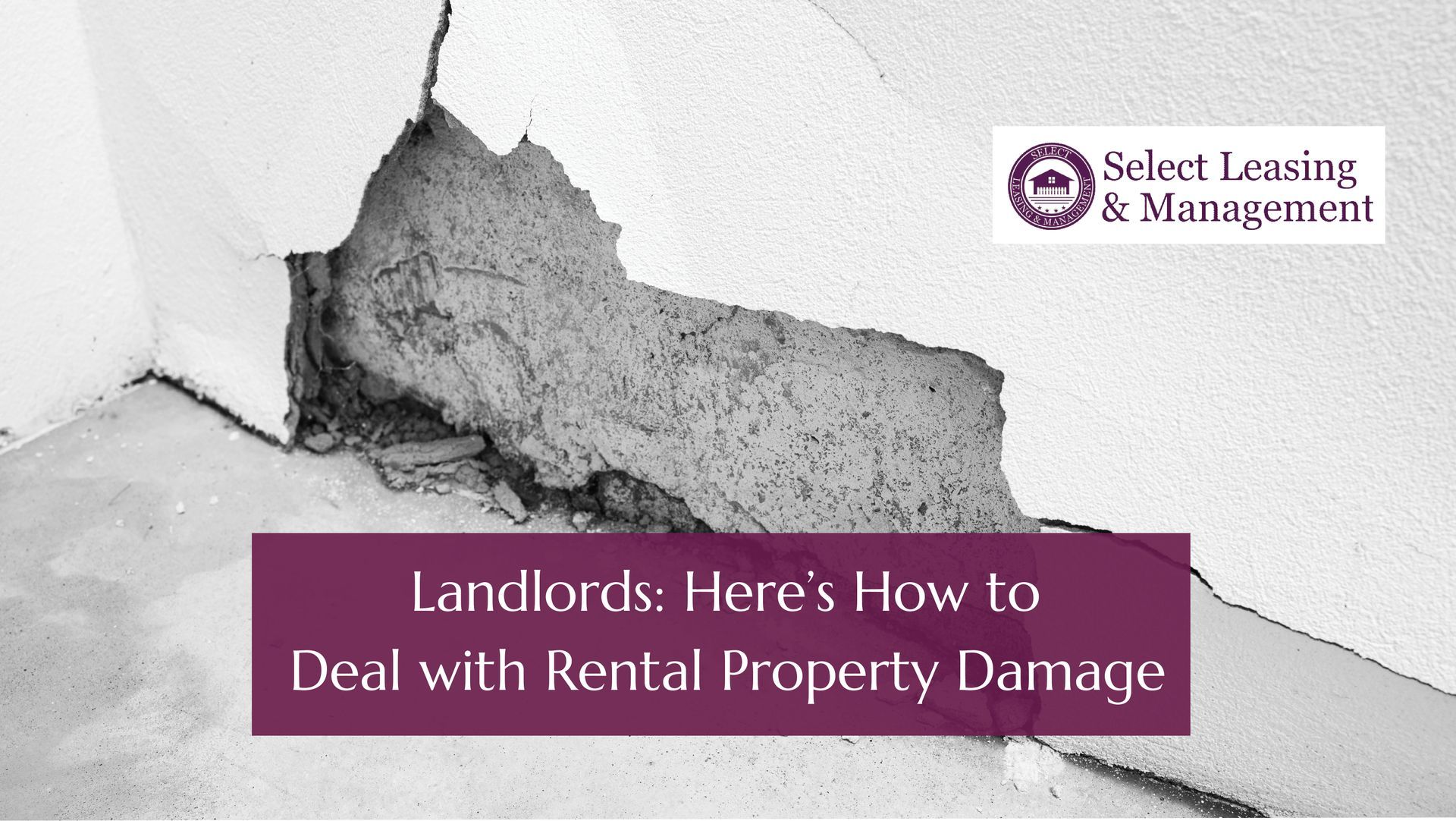6 Most Profitable Renovations for Landlords
Renovations for an investment property should increase its value, attract applicants, and make the transition between tenants easier. Some landlords make the mistake of thinking it takes major remodeling to see the biggest bang for their buck, but it doesn’t require a huge dollar amount to boost your bottom line.
Most Worthwhile Renovations on a Rental Property
Changes to a rental house or apartment can bring in extra income and increase the property’s value. The types and extent of renovations depend on the available space and configuration of the dwelling. When there is room (which is more likely in a house than an apartment) choosing which renovation to make comes down to the cost and the expected return on investment.
Not all renovations on a rental property can be counted on to pay for themselves in increased revenue. These changes will require a moderate investment, that won’t take long to recoup the cost.
In-Unit Laundry
According to the National Multifamily Housing Council (NMHC), 92% of renters say in-unit laundry is a must. A washer and dryer each cost around $600. If the unit does not already have a dedicated space and hookups, construction and plumbing is an additional expense.
Research by
Angi shows that adding an actual laundry
room to a home can cost $20,000, but a hookup in the garage starts as low as $1,100 and a laundry closet costs around $4,500. However, it can definitely be worth the investment considering that tenants are willing to pay 10-20% more per month to do laundry at home and are more likely to renew their lease, so less time is spent searching to fill vacancies.
An Extra Bathroom
Having more than one bathroom is a big selling point for families as well as those who plan to share the unit with a roommate. Some ways to make room for a bathroom in a small space include opting for a pocket door that doesn’t swing out and take up space, adding a walk-in shower instead of a tub, and installing a simple pedestal sink.
It can cost
around $14,000 to add a small bathroom to a bedroom, but bathroom additions typically increase property value by about 10%. A good rule of thumb is to charge 1% of a property’s value for rent, so if your rental home is worth $200,000 and a new bathroom raises its value to $220,000, it’s reasonable to charge $200 extra per month.
Durable Flooring
The Department of Housing and Urban Development recommends that carpets in rental units be replaced every five years. When there is major wear and tear, it can be more often. Even cleaning carpets between tenants takes time.
One of the most worthwhile renovations for landlords is replacing carpeting with laminate or luxury vinyl planks, which can each last up to 20 years. They are water- and scratch-resistant, can mimic the high-end look of wood or natural stone, and simply require a vacuum and mop after a tenant moves out.
An Aesthetic and Functional Kitchen
A kitchen renovation for an investment property does not need to be as extensive as it would be for your home. Instead, it should focus on attracting potential renters while reducing the need for upkeep between renters.
If some appliances don’t match, consider replacing them for a more cohesive look. A coat of satin paint on cabinets along with a tile backsplash can provide a fresh look and make it easy to remove stains between tenants. And replacing damaged plastic laminate countertops with quartz will keep them free from scratches, stains, and heat damage for 15 years or longer.

Small Changes That Can Make a Big Impact
Renovations for an investment property don’t have to be costly. These low-cost updates will ensure units remain occupied with happy tenants.
Enhance Curb Appeal
Improving a renter’s first impression doesn’t have to cost a lot, but it does require a time investment. For many properties, it’s a matter of keeping up with maintenance. Painting a faded front door, washing windows, and trimming bushes can make a world of difference without breaking the bank. Planting a tree near the house can also brighten up the landscape while saving on energy costs. You can expect to pay around $200 for a young tree, but placing it strategically where it will provide shade to the home can lower energy bills by up to 25% and help extend the life of the HVAC system.
Improve Security
Not only are renters attracted to properties that make them feel secure; landlords have an obligation to keep them safe. By making sure all doors have functional locks, windows can’t easily be broken, and all dark areas are well-lit, you can prevent break-ins and protect yourself from an expensive lawsuit.
Considering that new locks cost less than $50, a broken screen can be replaced for $13, and a motion light is as low as $20, security renovations on a rental property are definitely worthwhile. If the budget is bigger, tenants will appreciate the installation of doorbell cameras, alarms, or an intercom.
A Property Management Company Can Improve Your Bottom Line
When it comes to making renovations on an investment property, DIY projects can save a lot of money if you know what you’re doing — and have the time to do it. But if you have multiple rental properties, it can be overwhelming to renovate one while handling routine repairs on others.
The
right property management company has experts who know all about big-ticket projects as well as smaller updates. They have relationships with vendors and installers who supply countertops, flooring, paint, and other supplies for improving rental properties on a budget. They will also get quotes from reputable contractors and oversee the projects — all while also dealing with
regular maintenance issues and handling tenant turnover.
Select Leasing & Management can
oversee everything from the smallest chore to the largest update. As a result, your tenants will be happy and want to stay, and your investment will retain its maximum value.
Contact us today to discuss how we can take the burden of maintenance, repairs, and renovations off your hands.
Cover Image by zamrznutitonovi purchased on Envato Elements
Share this post











